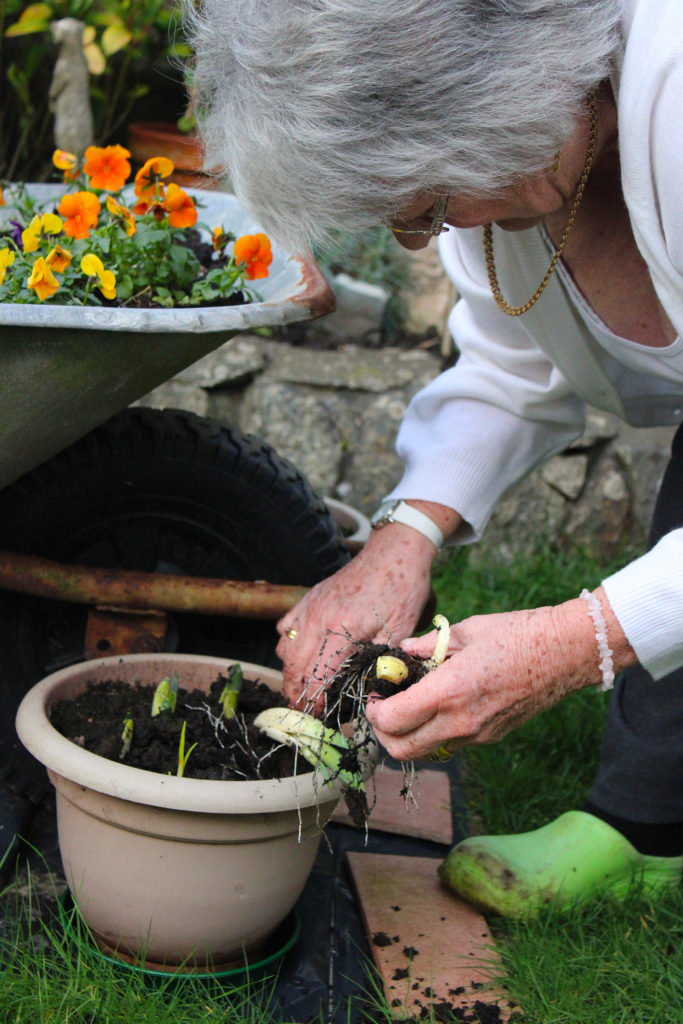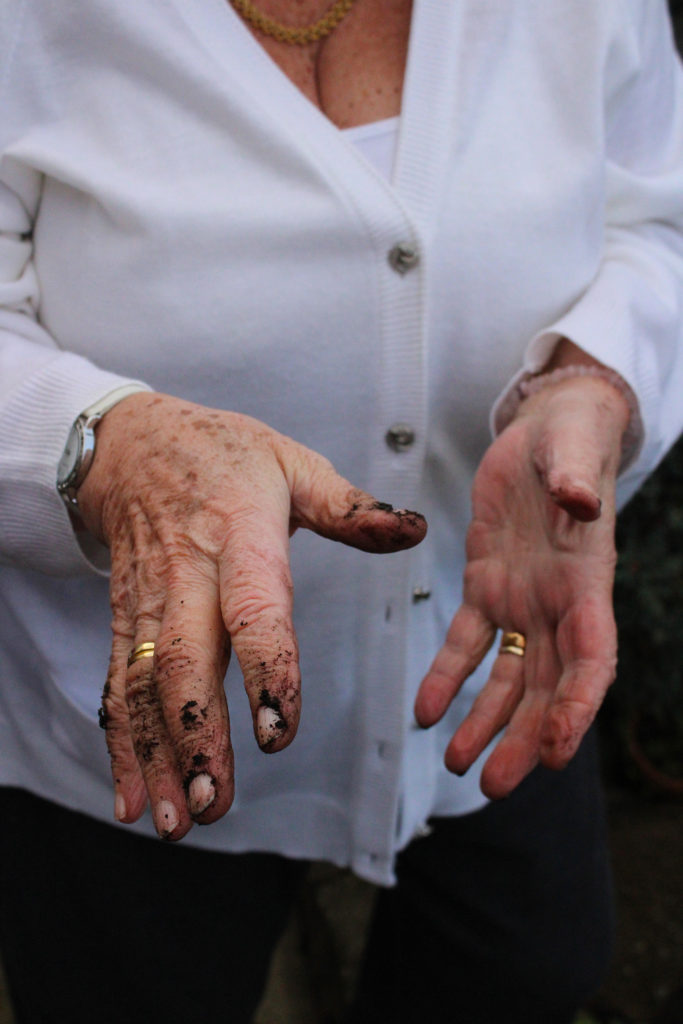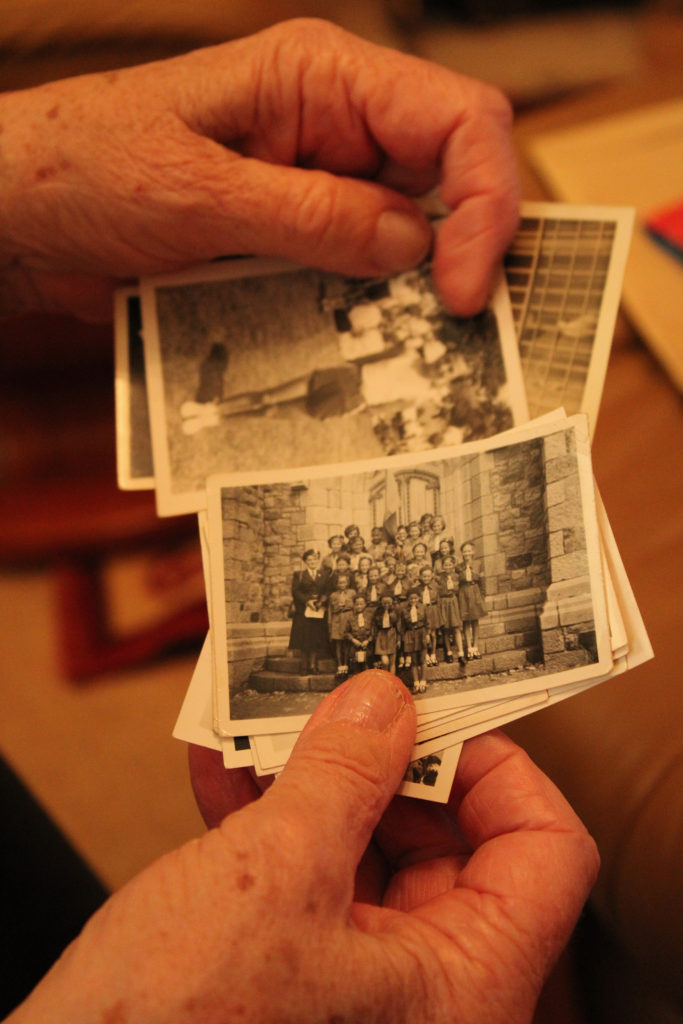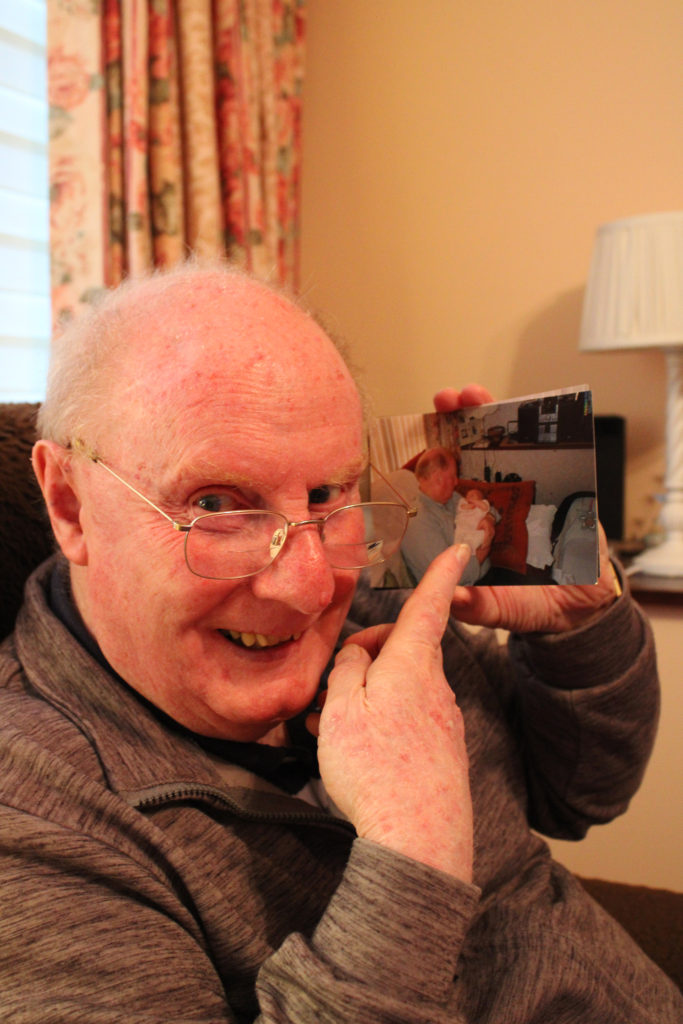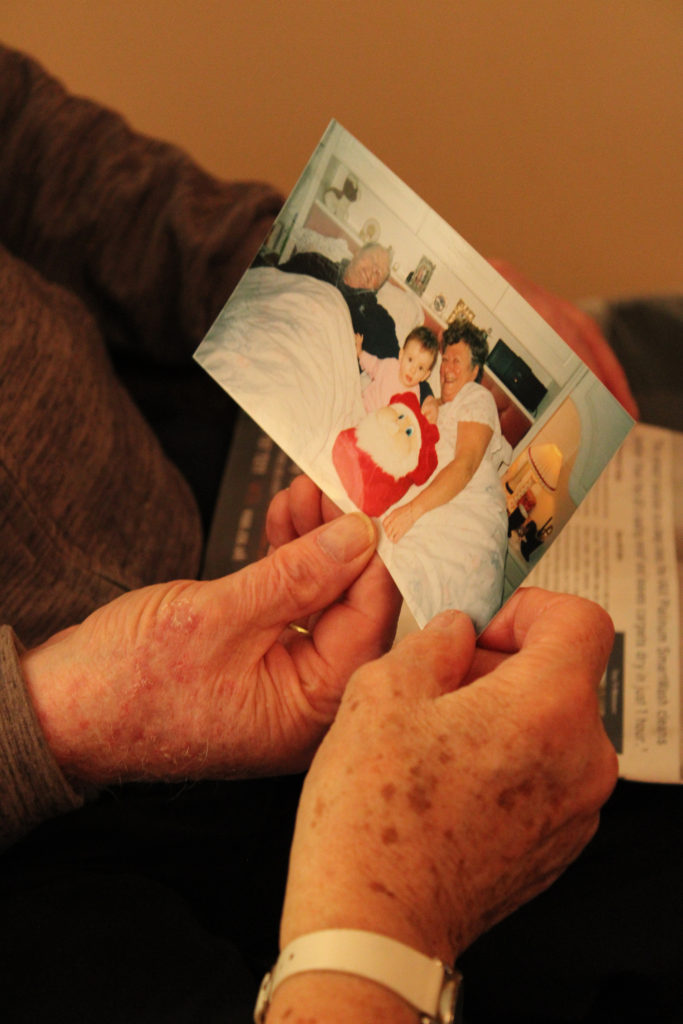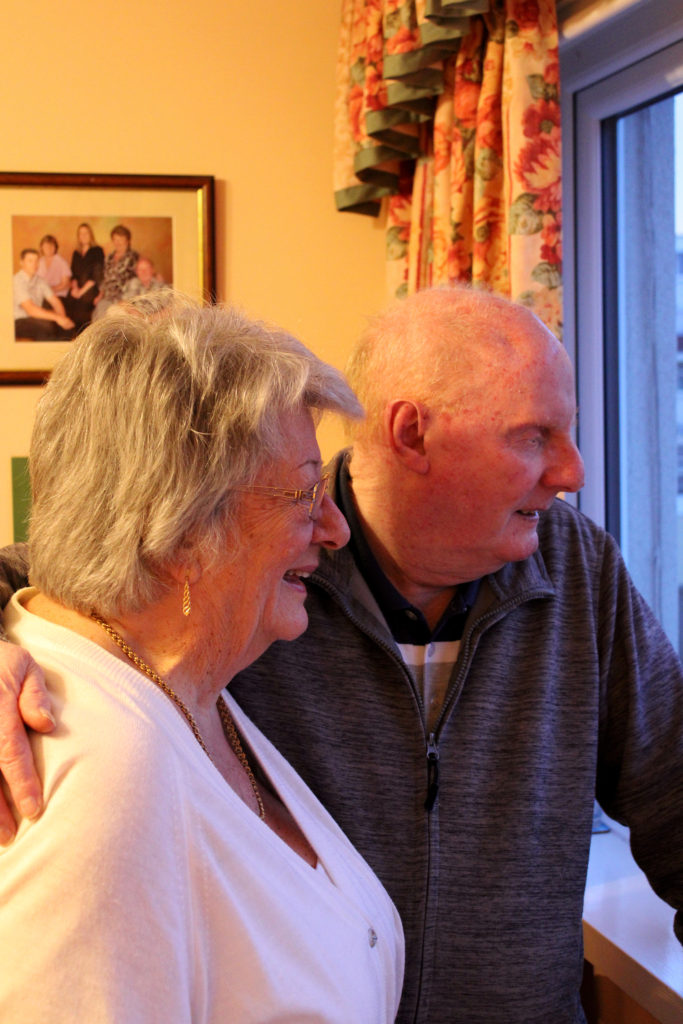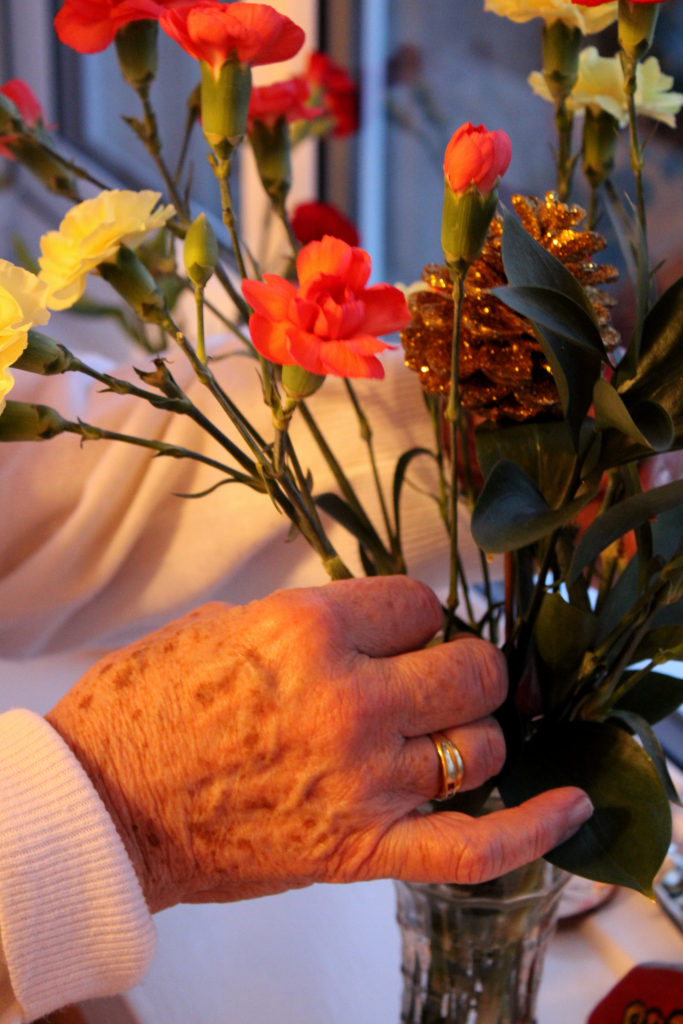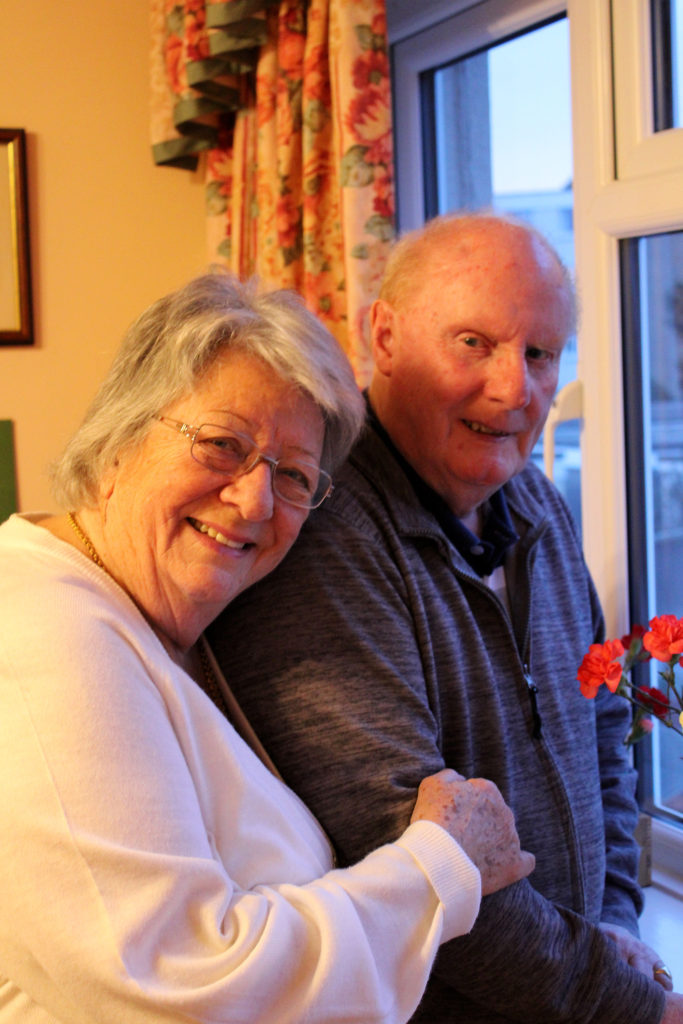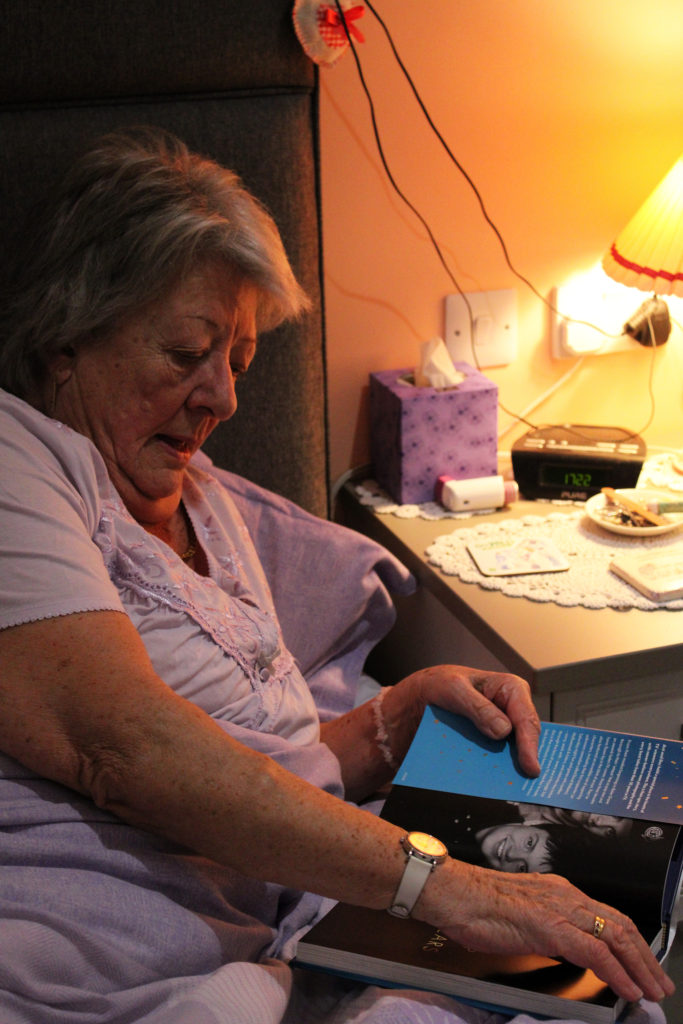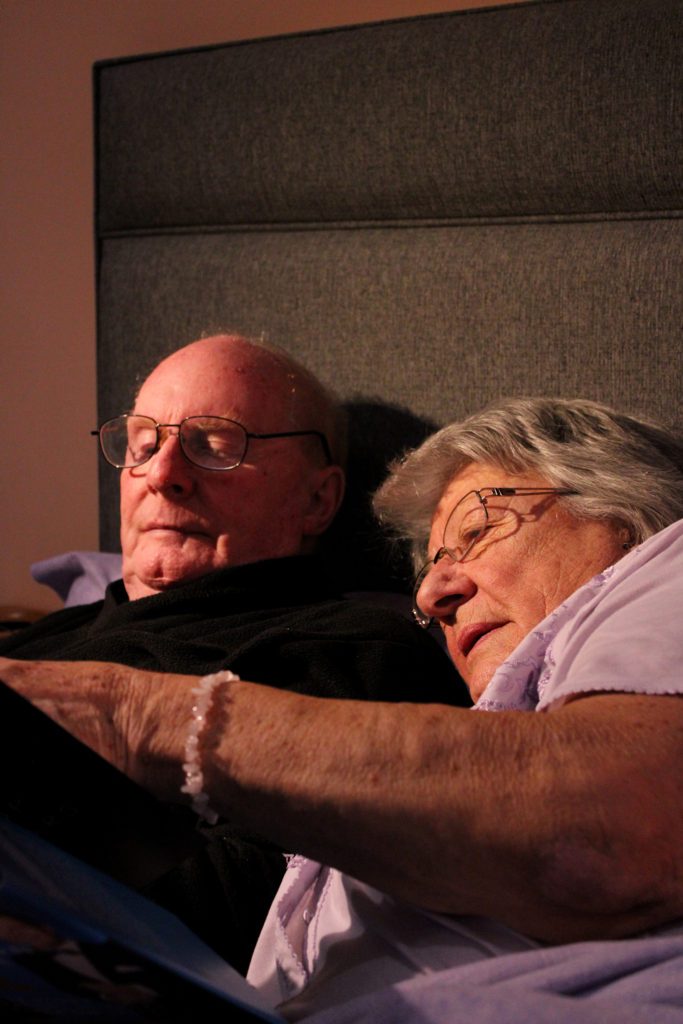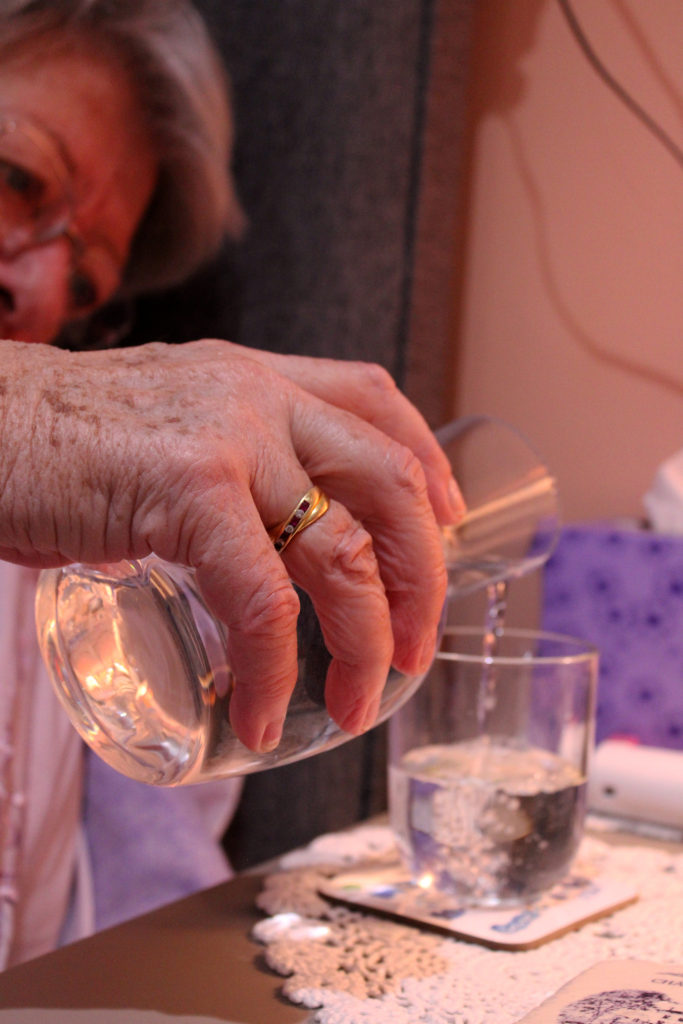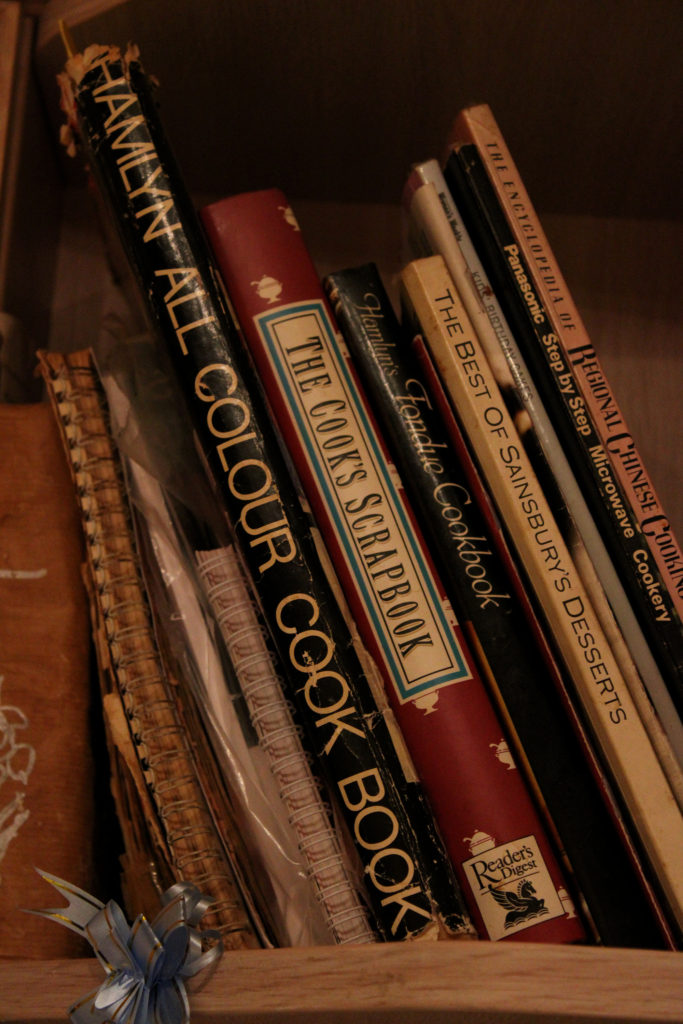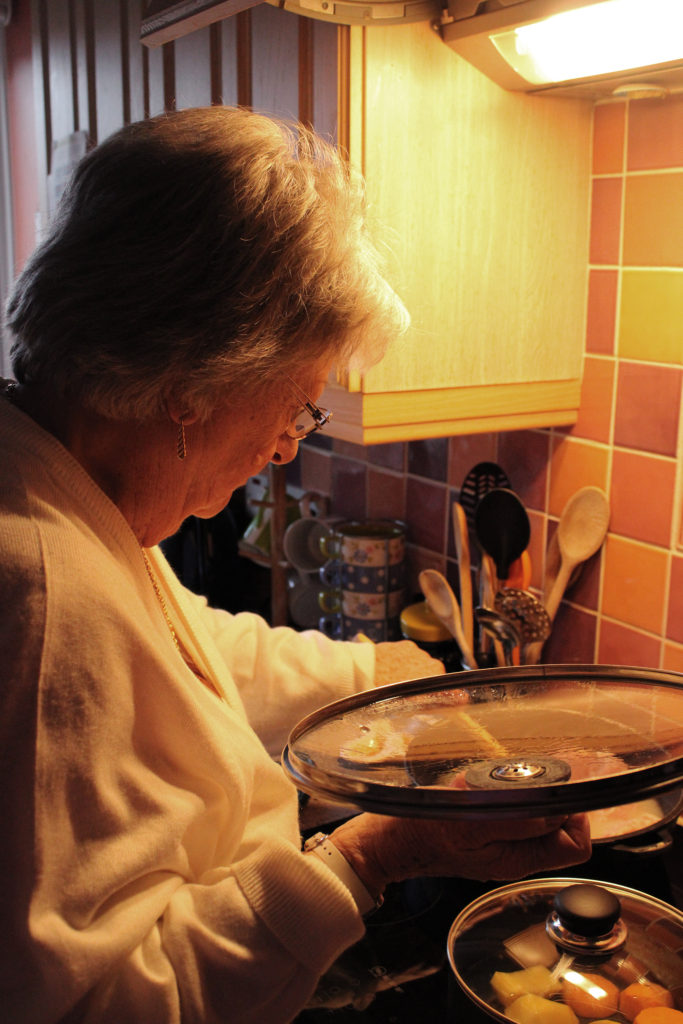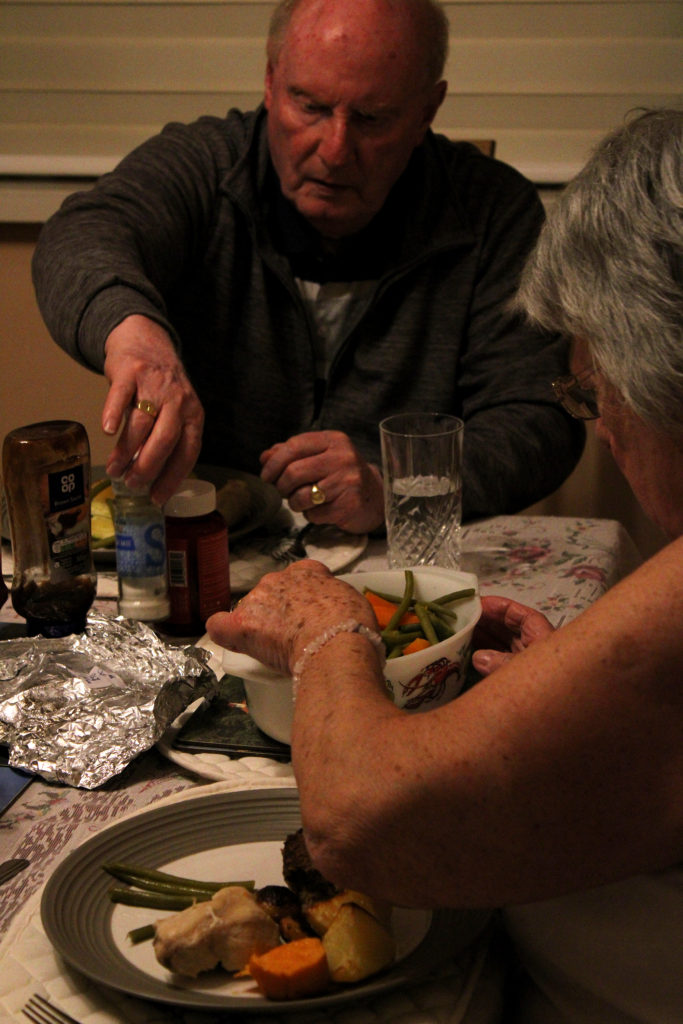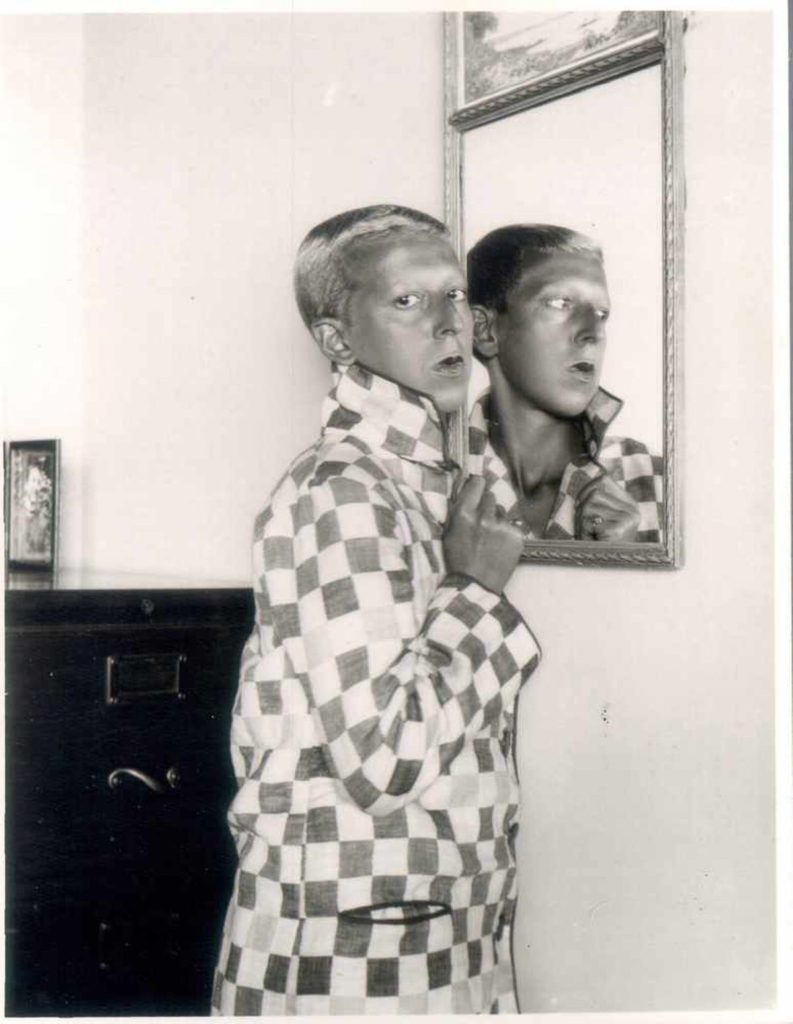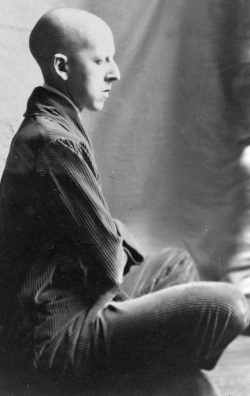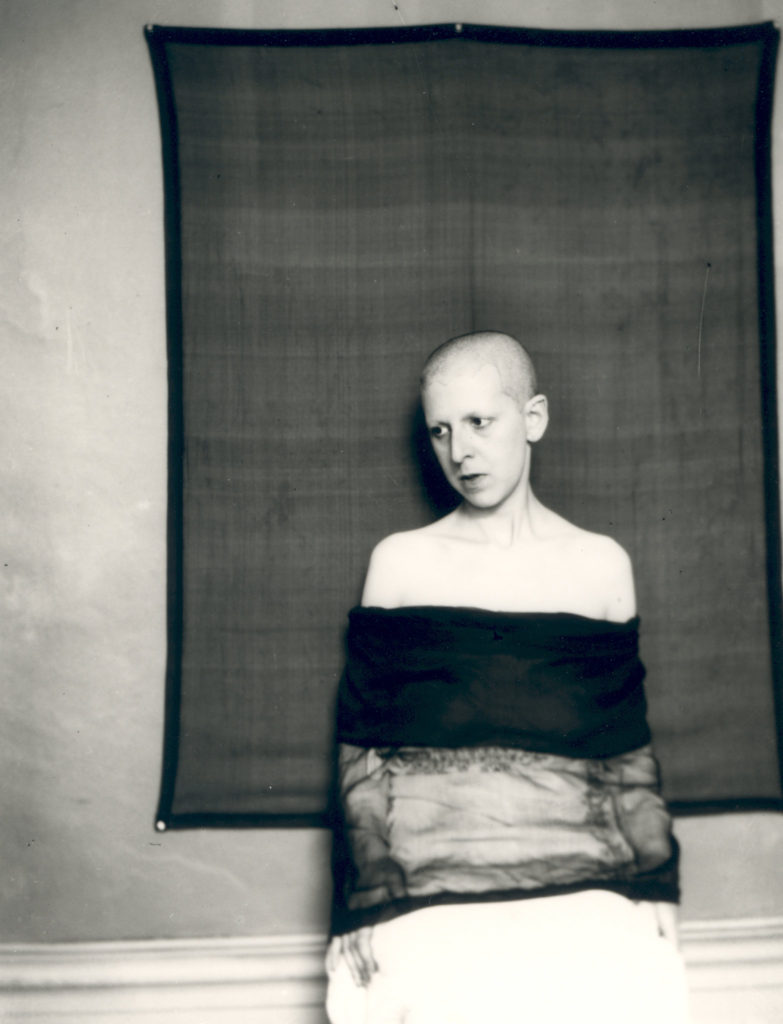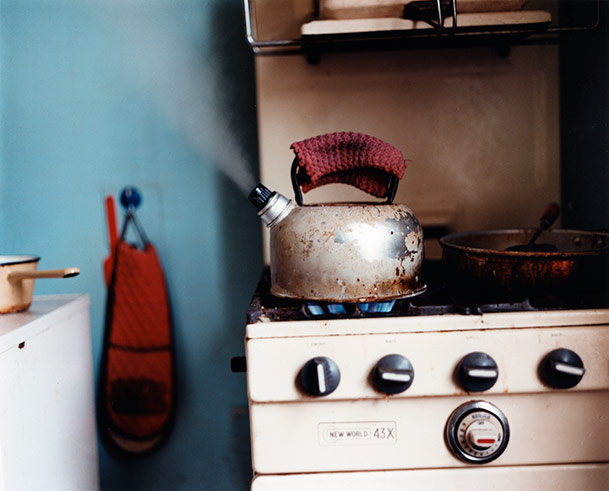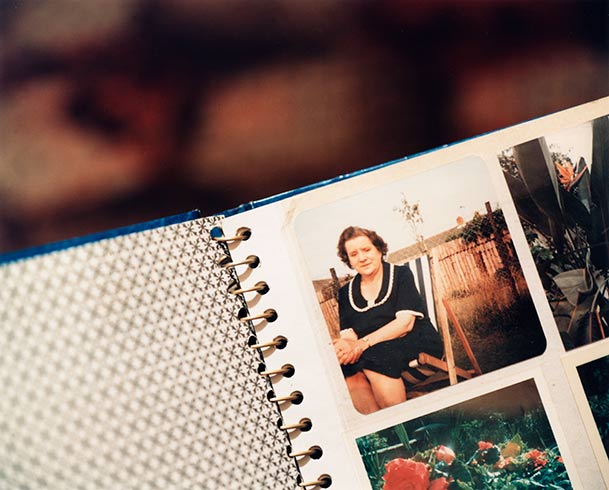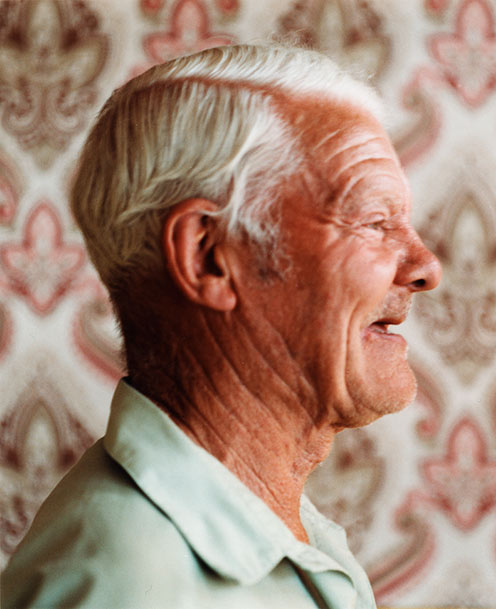Why Julian Germain?
Julian Germain’s project ‘for every minute you are angry you lose sixty seconds of happiness’ has immensely inspired me, I really love the way he takes such naturalistic images in an environment his subject is clearly familiar and comfortable in. Many of the photographs in this project have a candid nature, as if Germain has just asked his subject to carry on with his day like he was not being photographed. I think this adds to the warm atmosphere created in the images as it gives the impression the subject is at ease, letting us look into his life as if we were family or friends. I have also chosen to study this work of Germain’s because of it’s connection to family identity, and identity changing over time. Many of Germain’s images depict his subject as reminiscing through photo albums of his past- I think this really symbolizes the importance of how we’ve grown up with family and how it can mould and form our identity throughout our life. Furthermore, I aim to capture images similarly to Germain in the sense of photographing my subjects in an environment close and personal to them. I think this will successfully show how our identity is connected to the places we feel most like ourselves, places we feel safe and comfortable in.
Photoshoot Plan
Who – I plan on photographing my grandparents throughout this identity project as I strongly associate them with influencing my identity throughout my life. My grandparents are very special to me, my closeness to my family stems a lot from their efforts to bring us together regularly and their constant positive view on life inspires me daily.
What – I am going to capture images of my grandparents going through their day as normal, looking at the camera when they want to and also capturing candid shots of them around their house. I plan on photographing them doing tasks such as cooking, gardening, reading and doing crosswords.
Where – I will be conducting this photoshoot at my grandparents house in St Brelade because it is the place they feel most comfortable and secure. I will move around the house with them, taking some shots in the garden, kitchen, lounge and any other rooms they go into.
When – I plan on taking these images on Sunday 17th January as the weather is meant to be sunny which will be perfect for any outdoor shots I may take. I aim to spend the day at their house and take photos into the evening to get a different lighting perspective, hopefully reflecting the orange hue seen in Germain’s images.
How – I will attempt to capture images using the natural lighting provided around their home, such as ceiling lamps and sunlight from windows. If any problems occur with lighting being too dim, I plan on bringing my standing light from home to add any more highlights if needed.
Why – My aim in producing this photoshoot is to capture images that reflect the work of Julian Germain, while also providing an insight into me and my family’s personal identity. I want to take images that show the importance of place linking with identity, connoting the idea that a certain home or room can impact our identity over time.
Contact Sheets
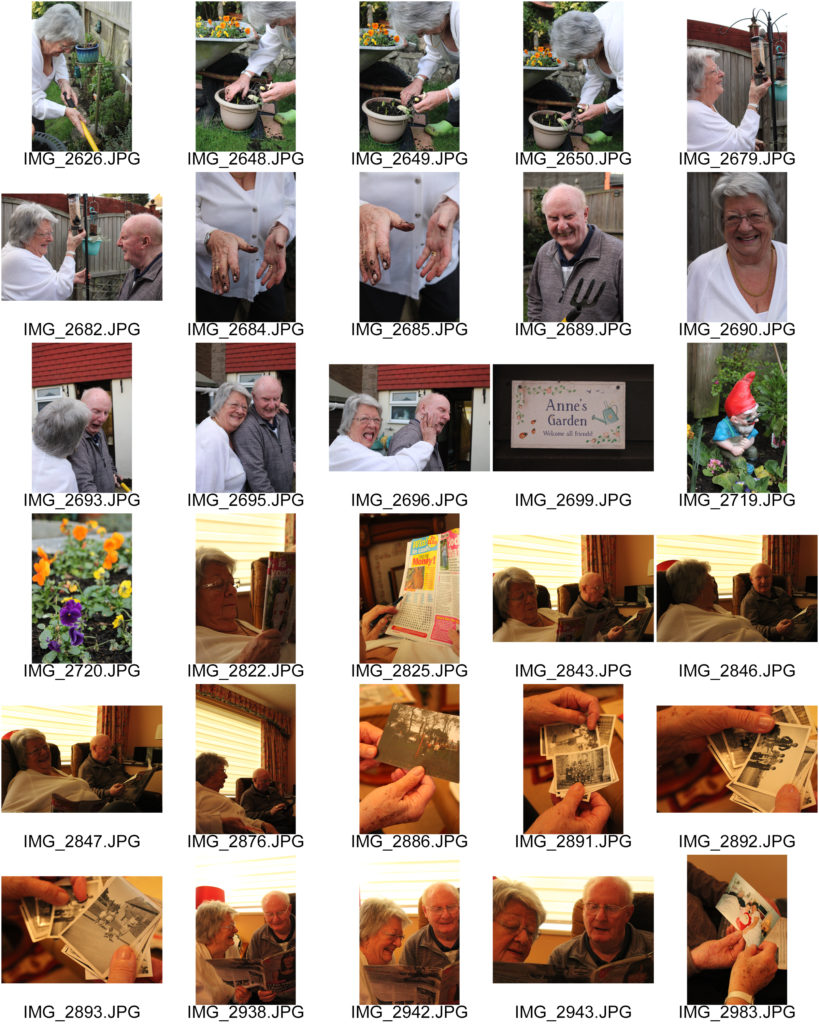
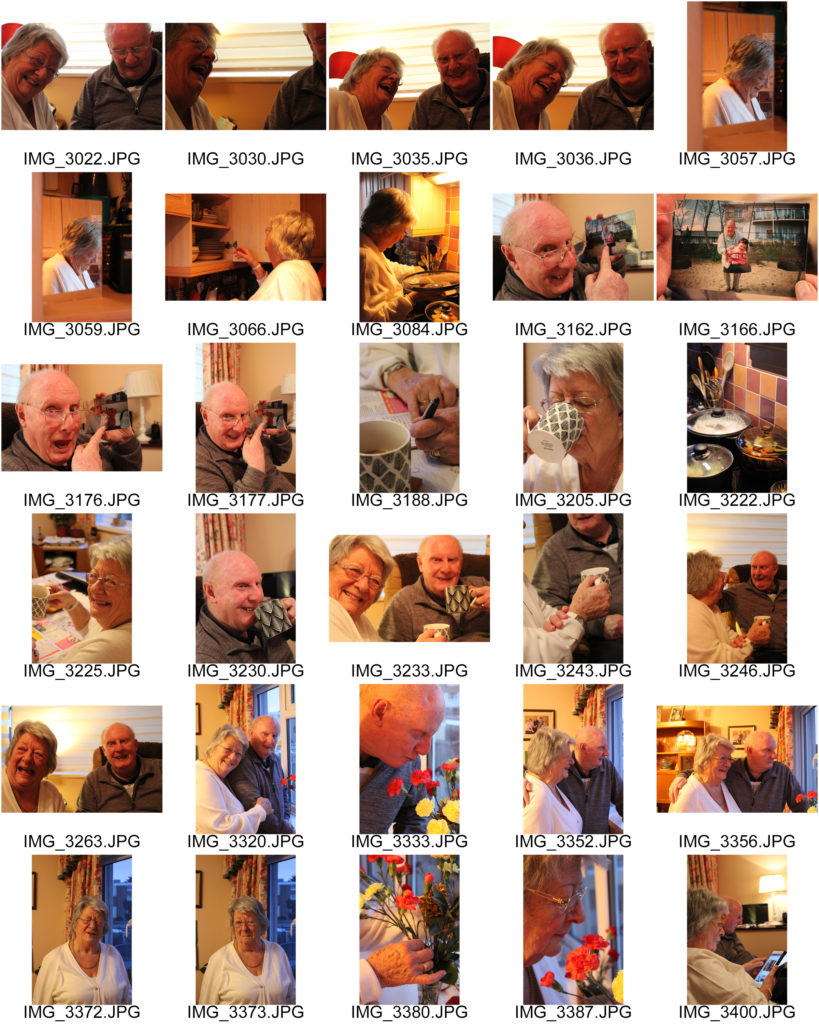
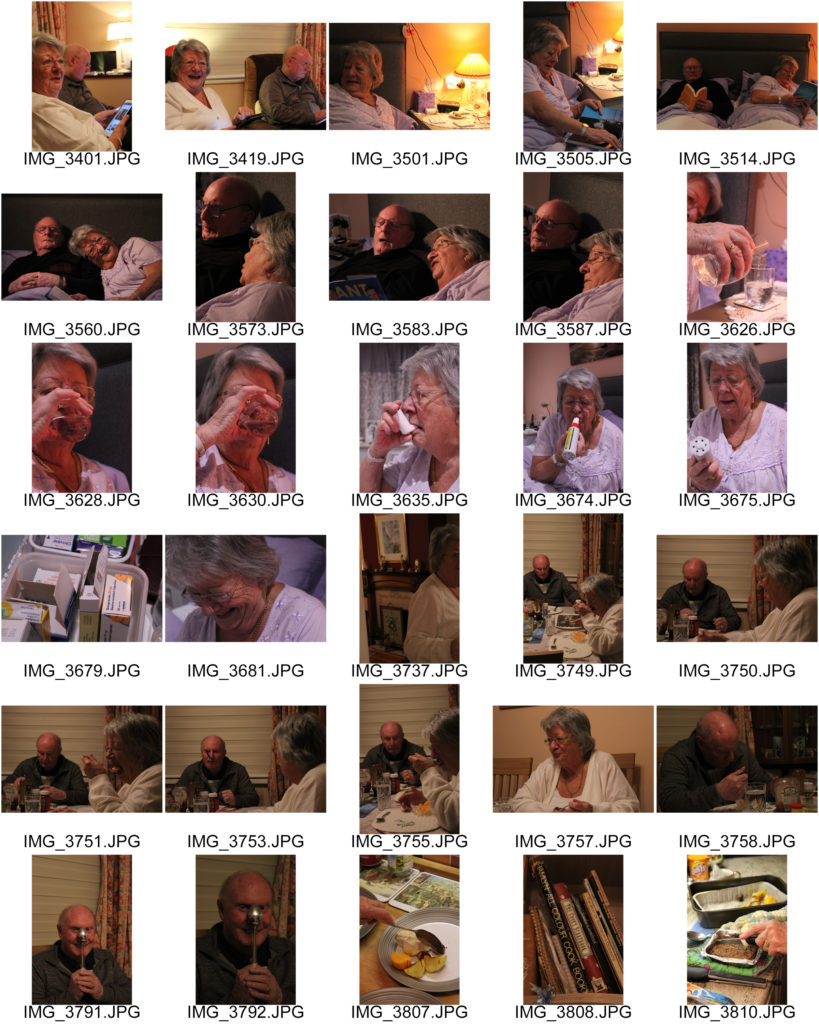
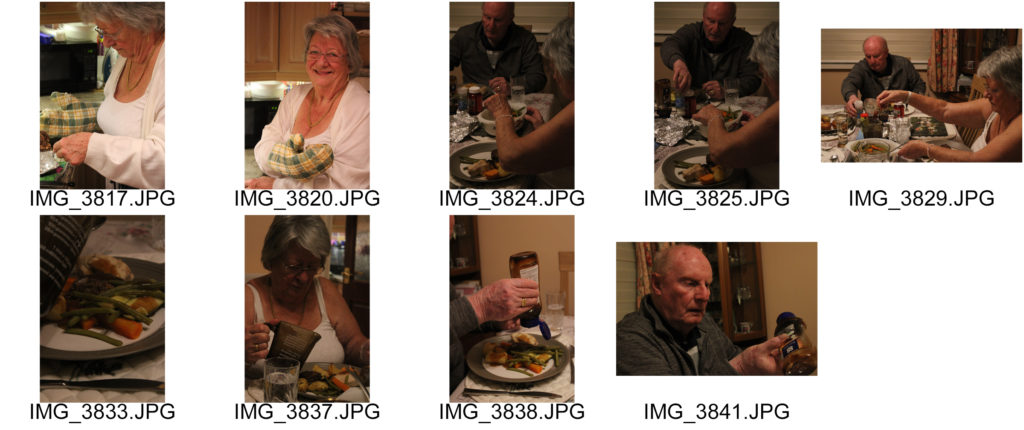
Selected Group Images
During this photoshoot, I decided to take the approach of capturing images that linked to each other in trios. I wanted to reflect the warm cosy atmosphere created in Germain’s images while also adding a element of my ideas to set out these images in storytelling sequences. I really love how the photographs from this shoot turned out, I did minimal editing on them, only touching up brightness here and there which I believe adds to the naturalistic mood of these pieces. Additionally, I love how each sequence tells a different story about my grandparents and family’s life. The first set of images depicts my grandmother doing what she loves the most, gardening. Whenever I arrive at my grandparents home you can bet my nan will be ‘pottering in the garden’ as she calls it. I like the contrasting compositions of these images as I believe the differing camera angles create an inclusive atmosphere, as if the observer is stood in the garden with her. Furthermore, in my second sequence I really enjoy the way the images tell the story of family and identity over time- similar to Julian Germain’s study. I captured these images of my grandparents reminiscing through old photographs with a focus on their hands, I believe hands are like windows into somebody’s past; they tell a story through marks and lines that can embody someone’s identity entirely. I like how these images have a strong contrast of dark and light tones and a subtle orange hue throughout.
My third sequence shows my grandparents admiring their garden and bringing elements of nature inside their home- my family identify greatly with nature and there are always flowers displayed in my grandparents house. I love the vibrant colours of blue from the window, red from the flowers and peach from the wall which form a fun playful atmosphere, giving the impression my grandparents find joy in the beauty of the environment- furthering Germain’s ideas on finding happiness in the small things. My forth group of images show my grandparents doing what they usually do before bed- they love to read or fill out crosswords together. I really like how the main colours in these images, orange, pink and purple, create a comfortable mood reflecting their love for their home and each other. I also love the strong contrast between highlight and shadow in this sequence and also the repetition of the shade lilac. My final set of photos displays the moments before and during dinner time- it tells the story of my grandmother’s love of cooking and providing for her loved ones. The tangerine hue and high saturation of these images gives a welcoming impression and connotes the feeling of happiness and warmth, I think this really shows how my family identify with our care for each other. I really like the darker tones in these photos, it presents the evening in a calm way and reflects Germain’s naturalistic personal work.


